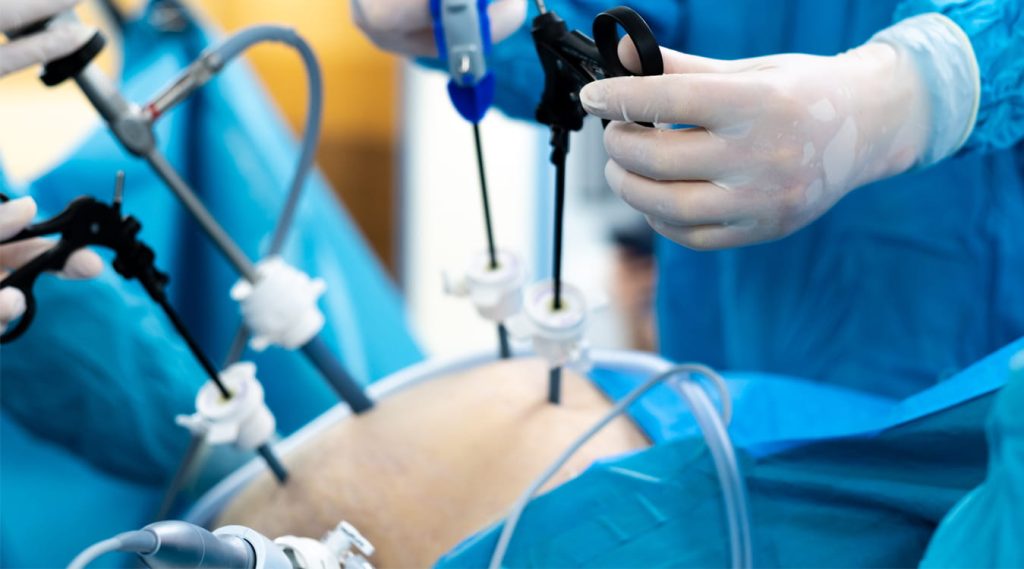

Bariatric surgery
Red Or Black Casino Codigo Promocional Y Bonus Code 2025 Los desarrolladores de software se han inspirado en esta cultura, dando lugar a la abundancia de tragamonedas de temática asiática centradas en la representación de estas bestias míticas. Como Ganar Ruleta Casino Este juego tiene ocho símbolos únicos, que incluyen un hombre borracho en un salón, dos revólveres cruzados, un sepulturero, un piano y un jefe. A Que Hora Se Juega El Jackpot
skip to Main Content Back To Top